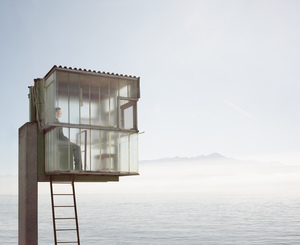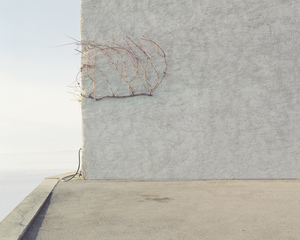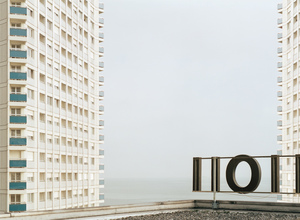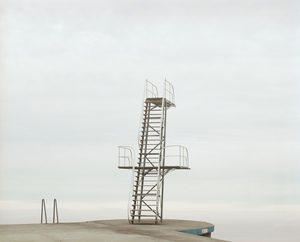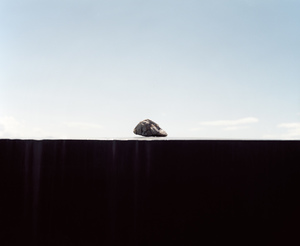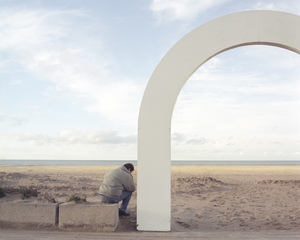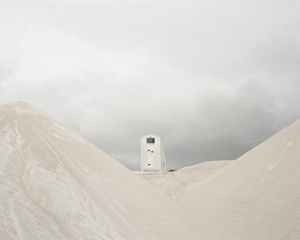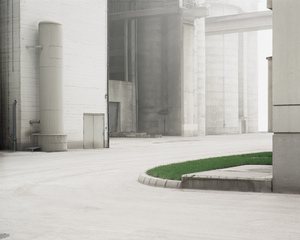Thomas Vandenberghe
Artist Feature
Every week an artist is featured whose single image was published by Der Greif. The Feature shows the image in the original context of the series.
Fabrice Fouillet - Eurasism
Jun 19, 2014
Moving a capital city is an important decision. In 1998, Kazakhstan unveiled its new capital and Almaty lost its status to Astana, located 1300 kilometers up north. As the world’s most recent capital city after Pyinmana (Myanmar), Astana is also the symbol of a new start, a unique initiative in the Post-Soviet region. This colossal project, the challenge to nature that is the construction of a capital city in an extreme climate which requires the laying of specific foundations, shows the will to break up with the past, to implement historic reforms and to encourage an appropriation of identity. Considerable means have been deployed so that Astana could assume its role as the country’s new showcase city, while promoting the country’s development and insertion into the global economy. If architecture generally bears the signs of a particular culture, the face of the new capital city is also one of power and, on a symbolic level, of a new political orientation. The new official buildings are sometimes colossal, bordering on disproportion, the skeletons of ill-assorted buildings rise from this suburban-like area, which vacillates between authenticity and artifice, between materiality and imagination tinged with utopia. As an immense construction site, where embassies and upscale residences rise next to vast buildings meant to house all state organs, Astana seems impossible to finish and struggles to maintain all its empty spaces in a good state. Although grass is growing and casually occupying all interstices, the official discourse has to remain enthusiastic and seductive. Aiming at a brighter future for migrants, these buildings showcase the state as a viable sociability frame. An ensemble of ornamental elements, where the rare dramatized vegetation gets by while seeming to admit it is insufficiently implanted.
Artist Blog
The blog of Der Greif is written entirely by the artists who have been invited to doing an Artist-Feature. Every week, we have a different author.
Published in:
»Der Greif #7«
Mathieu Bernard-Reymond – Disparitions
Jun 24, 2014 - Fabrice Fouillet
»In the Disparitions Series the artist examines architecture, people, landscape and their mutual interactions. Man appears as a flâneur in the layers of the image, randomly present or absent. The architectural complexes thus generated become compelling stage designs for human decoration in which the individual beings are imprisoned.« – Helen Hirsch http://matbr.com
Xavier Ribas – Ceuta Border Fence
Jun 23, 2014 - Fabrice Fouillet
Ceuta and Melilla are arguably two of the most contested territories in Europe. Inscribed with a specific history of military occupation lasting over five centuries, these two Spanish enclaves on the Mediterranean coast of North Africa have been protected since 1993 by highly militarized border fences. These borders are like multifaceted fault-lines[1], defining at once a colonial/national boundary between Spain and Morocco, an economic boundary between Europe and Africa, a geopolitical boundary between North and South, and a religious boundary between Christianity and Islam[2]. The two territories are part of what architect Teddy Cruz defines as the political equator[3] that separates the functional core of global capitalism from the rest of the world saturated with poverty, armed conflicts and political violence. […] www.xavierribas.com



















